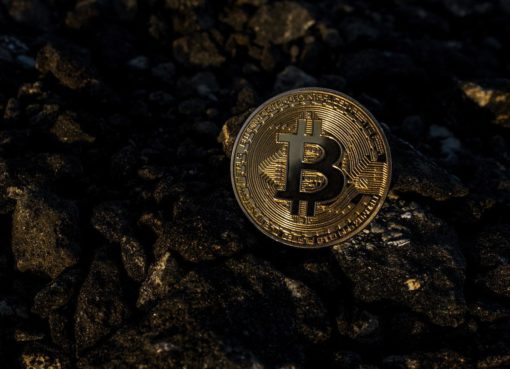Robinhood’s stock has rallied hard in recent weeks on hopes of being added to the S&P 500 index, but many investors were disappointed with the announcment that S&P Dow Jones Indices will make no changes to the S&P 500 lineup
S&P Dow Jones, the operator of the coveted S&P 500 index, confirmed Friday afternoon that it will make no changes to the index. Robinhood was widely considered to be the next stock added to the index so confirmation it will be left out sent Robinhood’s stock down sharply on Monday. Expectations were high as Bank of America analysts had recently called Robinhood the S&P 500’s “prime candidate” for inclusion.
Robinhood’s stock was down around 5% Monday afternoon on a day when Bitcoin (BTC) moved higher.
Robinhood has become big enough to qualify for the S&P 500. By mid-2025 its market capitalization was roughly $66 billion, well above the $20.5 billion minimum and far larger than most small-caps in the index. The company is U.S.-based, traded on Nasdaq, and otherwise meets S&P Global’s listing criteria. In fact, Robinhood’s stock doubled in 2025 leading up to the scheduled quarterly rebalance, reaching all-time highs as investors speculated on index inclusion.
We can reasonably conclude that Robinhood was not excluded for failing to meet standards. Rather, it simply didn’t get a slot because the committee kept the lineup intact. Since the S&P 500 is a fixed roster of 500 stocks, adding a company requires removing another. In this case, the committee evidently saw no need to swap anyone out. As such, the omission was a matter of timing and index procedure, not a rating of the business itself.
Recent Additions to the S&P 500
For context, the last companies actually added to the S&P 500 came in May and March 2025. On May 19, rival cryptocurrency exchange Coinbase Global became the first digital-asset company to enter the benchmark. Earlier, on March 24, DoorDash (DASH), communication firm TKO Group (TKO), retailer Williams-Sonoma (WSM), and oil-and-gas company Expand Energy (EXE) joined the index.
Those names replaced Discover Financial, BorgWarner, Teleflex, Celanese and FMC. By comparison, the June rebalance brought no newcomers. Simply put, Robinhood missed its chance because the S&P 500 held steady.
What If Robinhood Had Been Included?
When a stock is added, all S&P-tracking funds must buy shares, often driving the price higher. When smaller companies join a major index, “millions of dollars could potentially flow to them” just from passive buying.
Consider that the largest S&P 500 ETF (SPY) manages well over half a trillion dollars so any addition forces huge purchases. Moreover, index membership increases a stock’s visibility.
In practical terms, that means a new S&P 500 addition often enjoys extra demand and publicity (at least in the short term) as mutual funds, pension plans and ETFs buy the stock. This “index effect” has historically lifted many stocks a few percent when they join the 500. In Robinhood’s case, analysts estimated that inclusion could have lifted it several percent higher, it had already spiked on the mere expectation of joining.
What’s Next for Robinhood?
Looking ahead, Robinhood remains well-positioned and continues to meet S&P requirements, so its candidacy remains intact. When another slot opens up, for instance when a current member is removed due to a takeover or other corporate action, Robinhood would likely be reconsidered. The pending Nippon Steel–U.S. Steel deal is the next possible catalyst outside of the regular shuffle for an index inclusion so it may be a matter of when, and not if Robinhood is promoted to the club.
The next S&P 500 rebalancing (usually in September) may offer a fresh opportunity for Robinhood.




